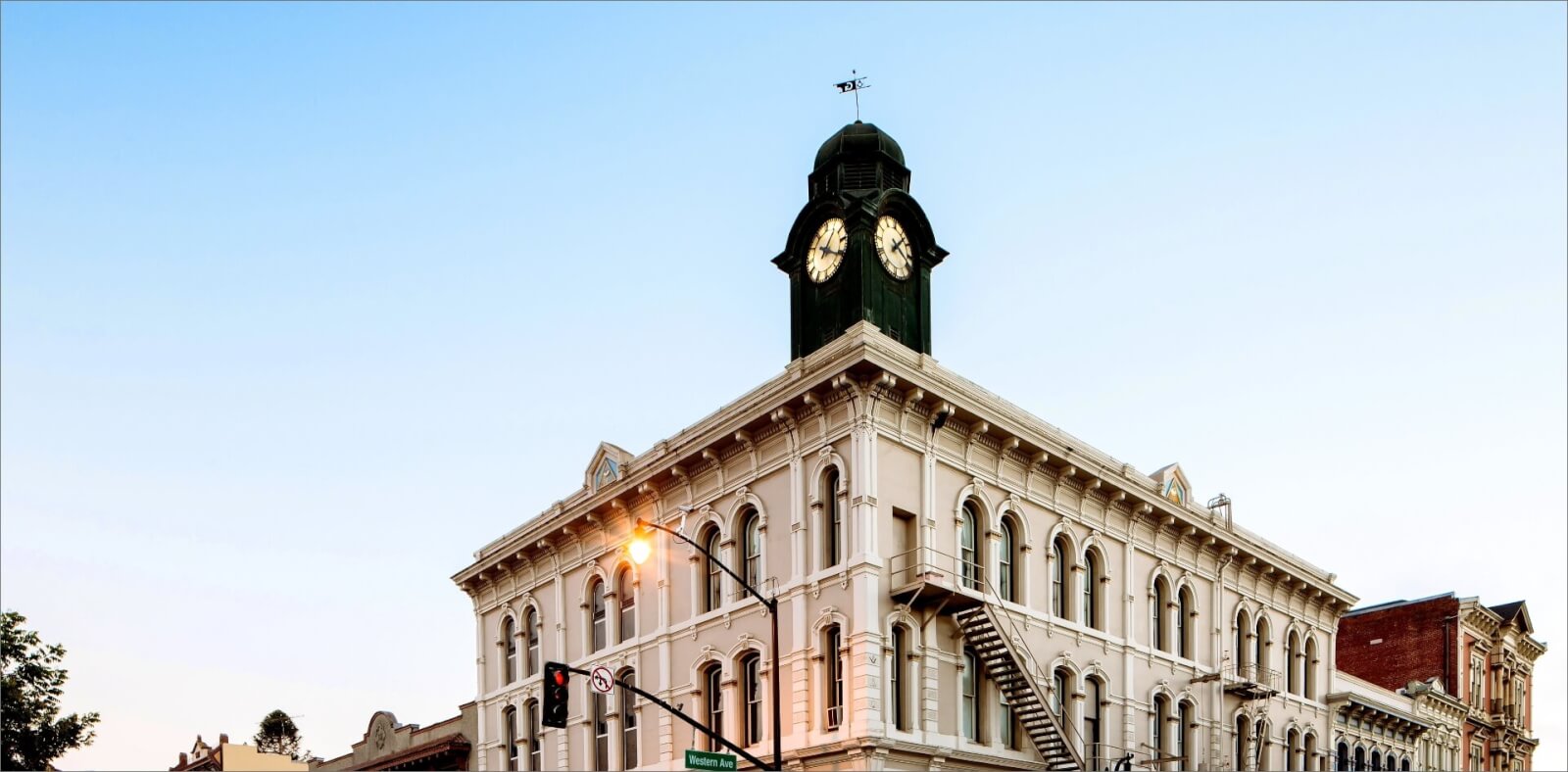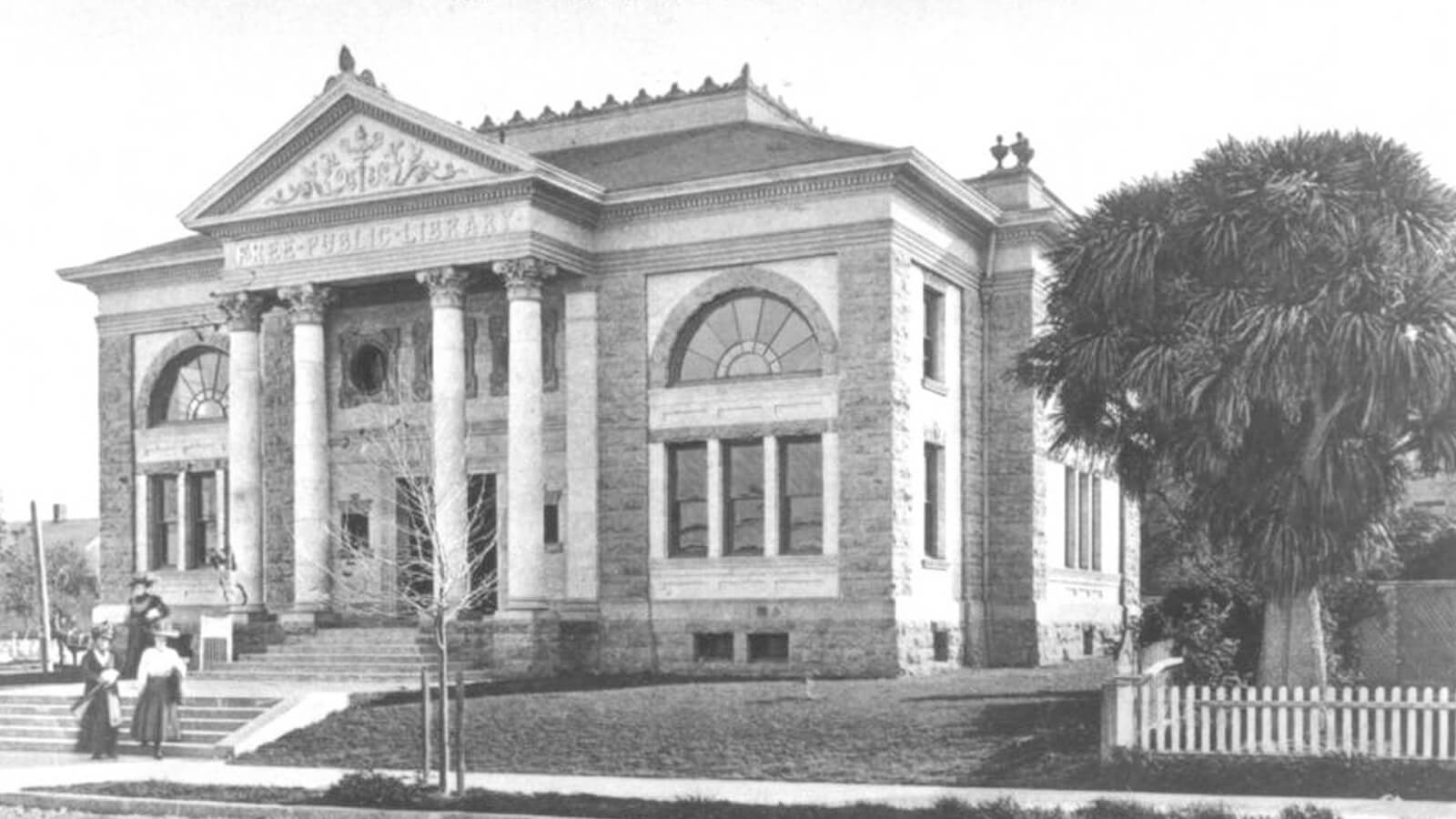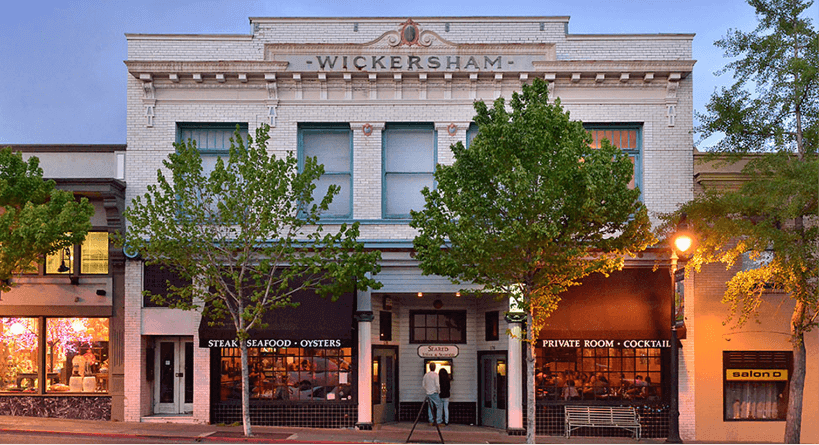

Explore Petaluma’s rich history.
Chartered in 1858, Petaluma is one of California’s oldest cities. The city’s riverfront location made it a bustling destination during the mid-19th century Gold Rush when the river carried produce, poultry, and dairy products from this fertile valley to the rapidly exploding populations of San Francisco and Oakland.
The history and events that shaped the West and California are reflected in Petaluma’s landmarks and historic attractions. Rich in authenticity, Petaluma’s heritage can be traced through Native American tribes, Mexican settlements, the discovery of gold, railroad expansion, and the great San Francisco earthquake.
Spared much of the destruction of the 1906 earthquake, Petaluma boasts buildings whose foundations were laid a century-and-a-half ago and whose facades are some of the best examples of iron front building architecture in the entire United States.
Today, these architectural gems throughout our walkable downtown district house specialty stores, restaurants, and galleries.

Discover Historic Petaluma
Because of its riverfront location and fertile land, Petaluma experienced boom times in the decades following its founding in 1858. By 1880, it was the largest shipping point for dairy products in the entire state. The city’s prosperity at the turn of the century is reflected in well-preserved commercial, industrial, and residential buildings. Boasting some of the best examples of iron-front architecture in the country, Petaluma’s downtown is listed on the National Register of Historic Places.
Petaluma’s renowned charm and distinctive architecture are primarily attributable to one architect — Brainerd Jones. Described as the man who built Petaluma, Jones’ career began around 1900 and spanned five decades. He designed everything from Victorian homes to Arts & Crafts bungalows, the stately Carnegie Library (now the Petaluma Historical Library & Museum) to the downtown Post Office, never taking a cookie-cutter approach.
Explore examples of Jones’ architecture and other historic sites on the Historic Sites map.
historic downtown’s

Many of the world’s greatest cities are located on a river. And that’s true for Petaluma, too. The Petaluma River turned a small settlement into a thriving city in the mid-1800s and has been an important center of commerce and recreation ever since.
During the peak of the riverboat era, there was more tonnage and dollar value hauled on the Petaluma River than on any other river in the state. The schooners, sloops, and paddle wheelers transporting people and goods made Petaluma the third busiest inland port in the state.
Today, you’re much more likely to see sleek and maneuverable kayaks and paddleboards on the River. It is a recreational asset attracting watercraft enthusiasts, bird watchers, and boaters. Though the uses of the Petaluma River and the types of vessels on it have changed dramatically in the 165 years since Petaluma was founded, the river continues to contribute to the community’s vitality and economy.


PROUDLY PRESERVED HISTORIC

Petaluma’s prosperous past laid the foundation for residents to build homes that have stood the test of time. Several streets that border the downtown district are studded with homes that span architectural styles from 1860 through 1925. Spanish Revival, Queen Anne, Colonial Revival, and Victorian Stick are some of the styles represented on the tree-lined streets.
Visitors enjoy studying the facades of the homes and discovering the abundant details unique to their architectural style. For example, the 1885 Queen Anne style home at 5th and D Street is asymmetrical in design, includes a polygonal tower and angled bay windows, favorite features among architects designing Queen Anne homes.
If we’ve whetted your appetite to learn more about Petaluma’s historic architecture, learn more about some of the homes on Petaluma’s Historic Resource Inventory.
